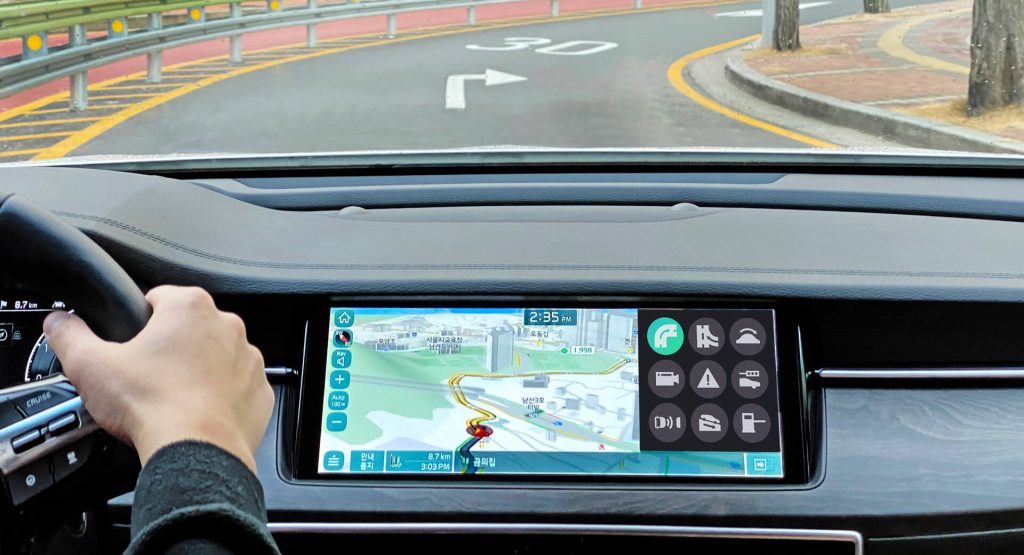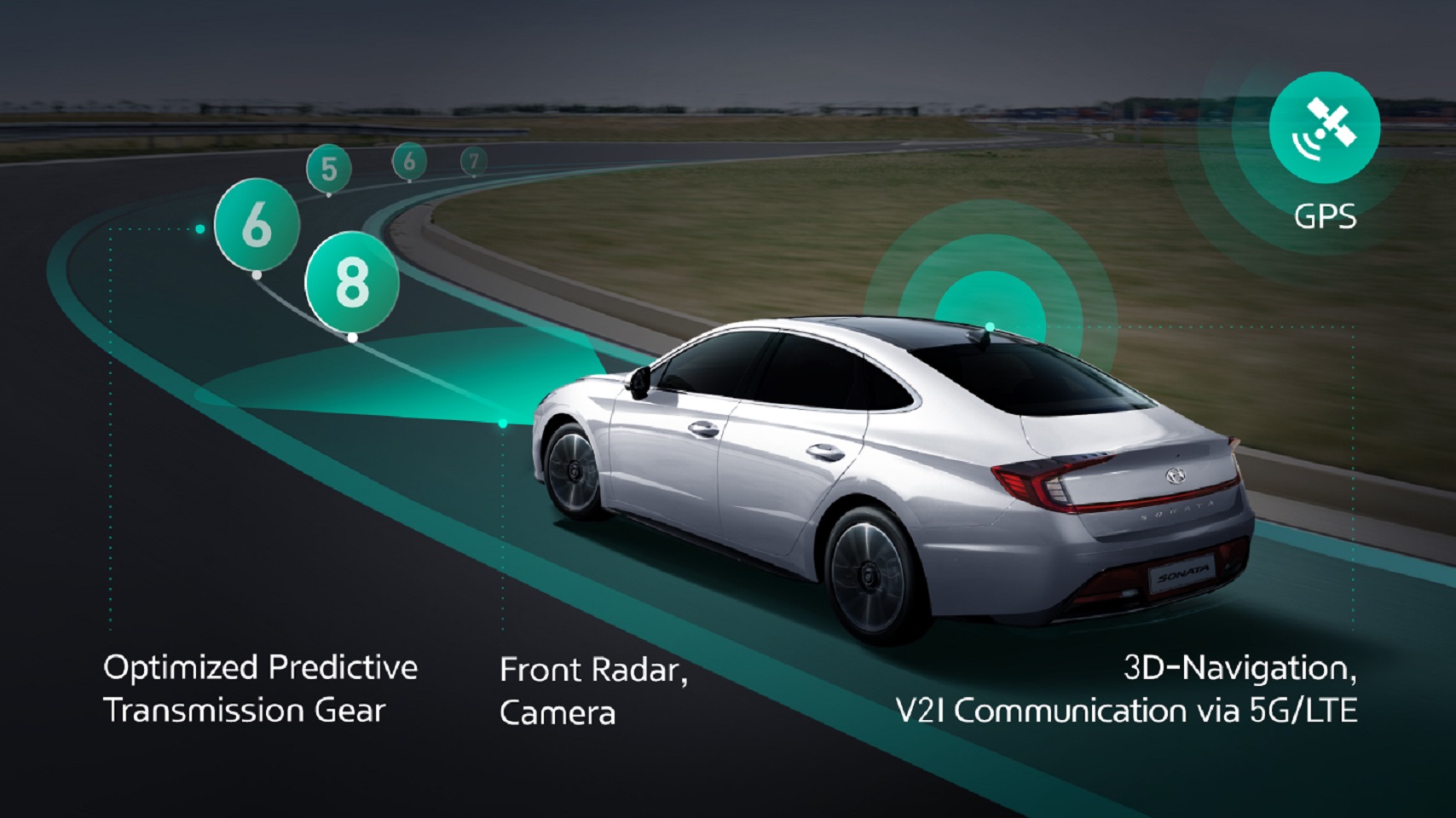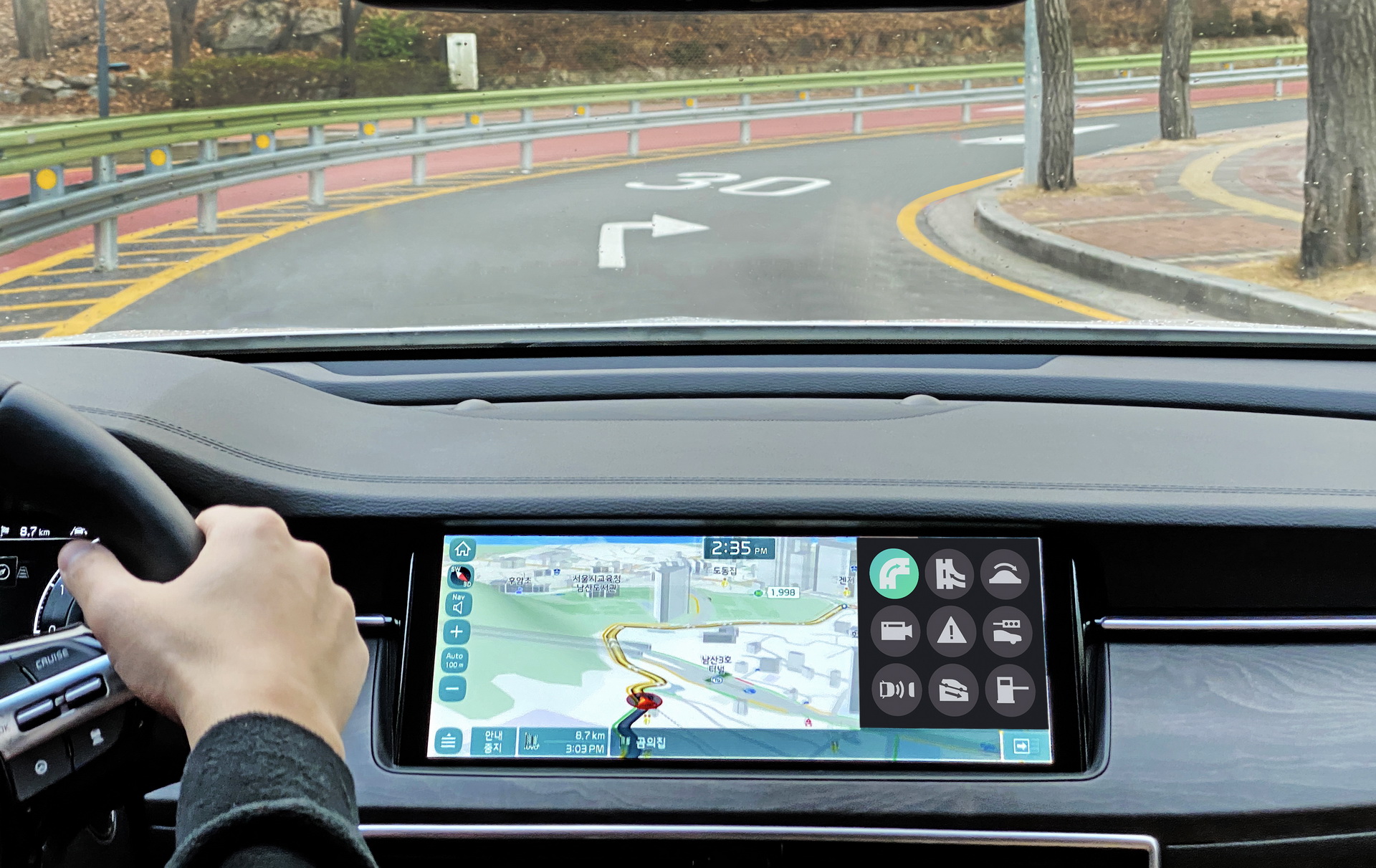Hyundai and Kia have taken another step into the future via an intelligent system called Information and Communication Technology (ICT).
Developed by the two sister companies, ICT automatically shifts to the optimal gear based on road and traffic conditions by using information gathered by sensors, cameras and radars. “Vehicles are evolving beyond simple mobility devices into smart mobility solutions,” said the chief of Intelligent Drivetrain Control Research Lab, Byeong Wook Jeon.
“Even a traditional area of the automobile, such as the powertrain, is becoming a high-tech technology optimized for smart mobility through efforts to integrate ICT and artificial intelligence technologies,” he added.
Read Also: Hyundai And Kia To Build Electric Vehicle Platform With Startup Canoo
Set to be implemented into future Hyundais and Kias, the technology includes 3D navigation with precise maps that feature elevation, gradient, curvature and others. Since it’s capable of detecting speed bumps, downhill slopes and changes in the legal speed limit, the system will shift the car into the optimal gear or apply the engine brake, depending on conditions.
Upon entering the highway, the ICT will automatically switch to Sport mode, and after merging with traffic, it will revert to the previous driving setting. The predictive technology can also calculate the distance to the car up front and will do the necessary adjustments so that drivers enjoy a more relaxing experience behind the wheel.
In ICT-equipped vehicles, Hyundai and Kia reported approximately 43 percent less shifts during cornering compared to cars lacking the tech. Furthermore, the frequency of brake operation was reduced by roughly 11 percent, leading to minimized driving fatigue and brake wear.
In line with the autonomous driving technology, the ICT will be improved in the future, allowing it to communicate with traffic signals by using the 4G or 5G networks. Additionally, ICT will learn from the drivers’ tendencies and adapt the car to their requirements.





